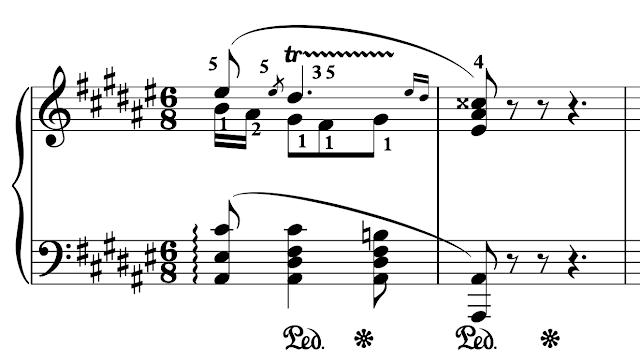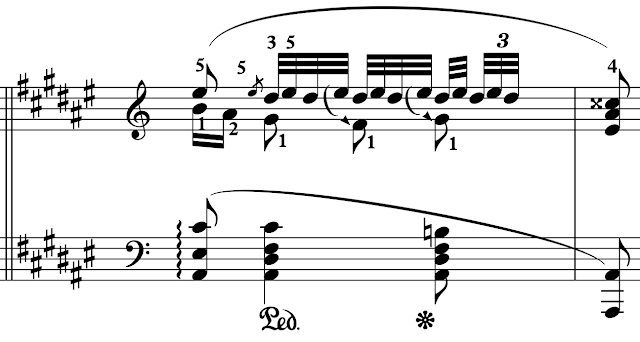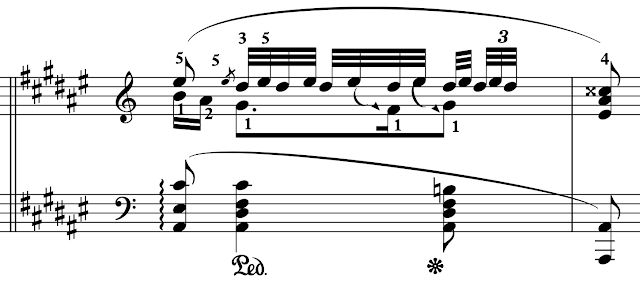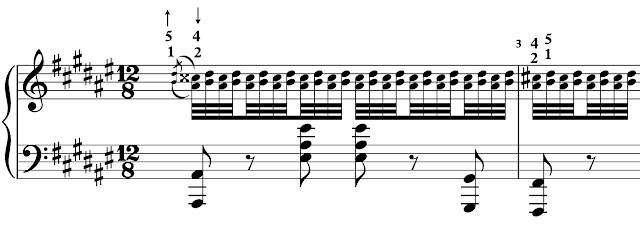Dear Blogees,
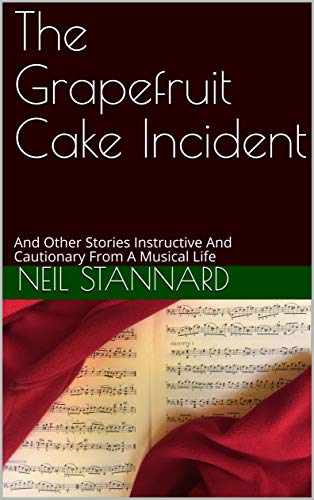 Some of my readers—well, a few—okay, two have wondered why my semi-autobiographical book The Grapefruit Cake Incident and Other Stories Instructive and Cautionary from a Musical Life isn't available on Kindle. This set me wondering, too. And, having put the correct wheels in motion, the said book is now available for direct download to your own device or visit Amazon here:
Some of my readers—well, a few—okay, two have wondered why my semi-autobiographical book The Grapefruit Cake Incident and Other Stories Instructive and Cautionary from a Musical Life isn't available on Kindle. This set me wondering, too. And, having put the correct wheels in motion, the said book is now available for direct download to your own device or visit Amazon here:
 Some of my readers—well, a few—okay, two have wondered why my semi-autobiographical book The Grapefruit Cake Incident and Other Stories Instructive and Cautionary from a Musical Life isn't available on Kindle. This set me wondering, too. And, having put the correct wheels in motion, the said book is now available for direct download to your own device or visit Amazon here:
Some of my readers—well, a few—okay, two have wondered why my semi-autobiographical book The Grapefruit Cake Incident and Other Stories Instructive and Cautionary from a Musical Life isn't available on Kindle. This set me wondering, too. And, having put the correct wheels in motion, the said book is now available for direct download to your own device or visit Amazon here:

